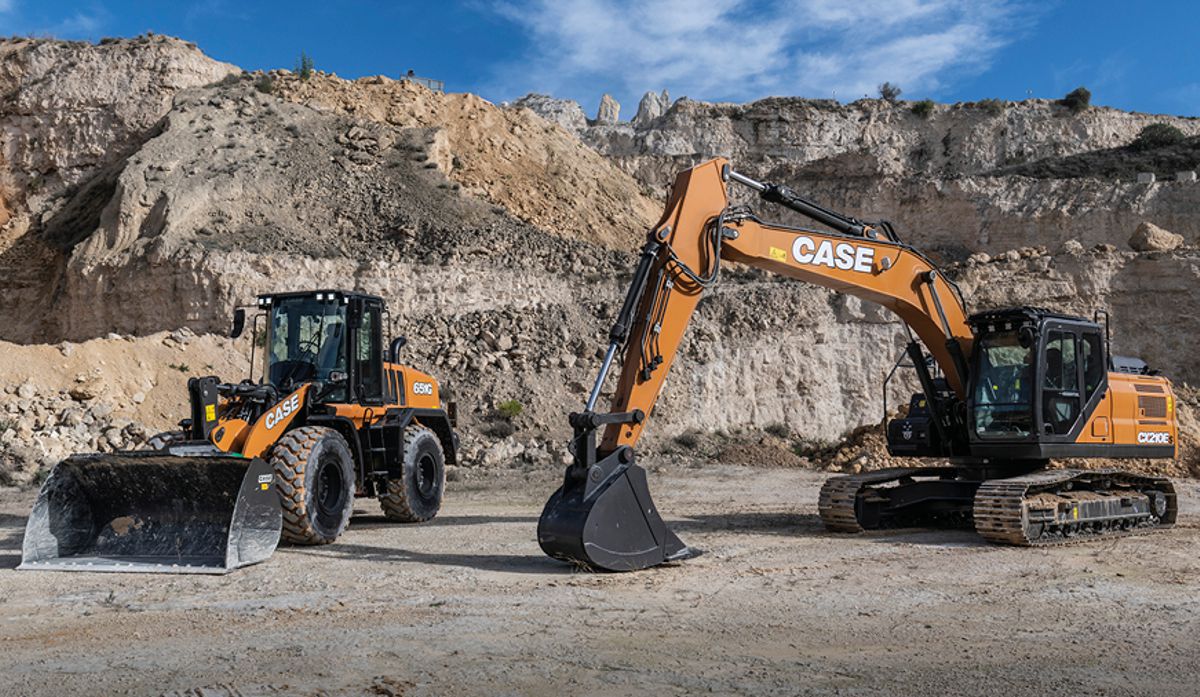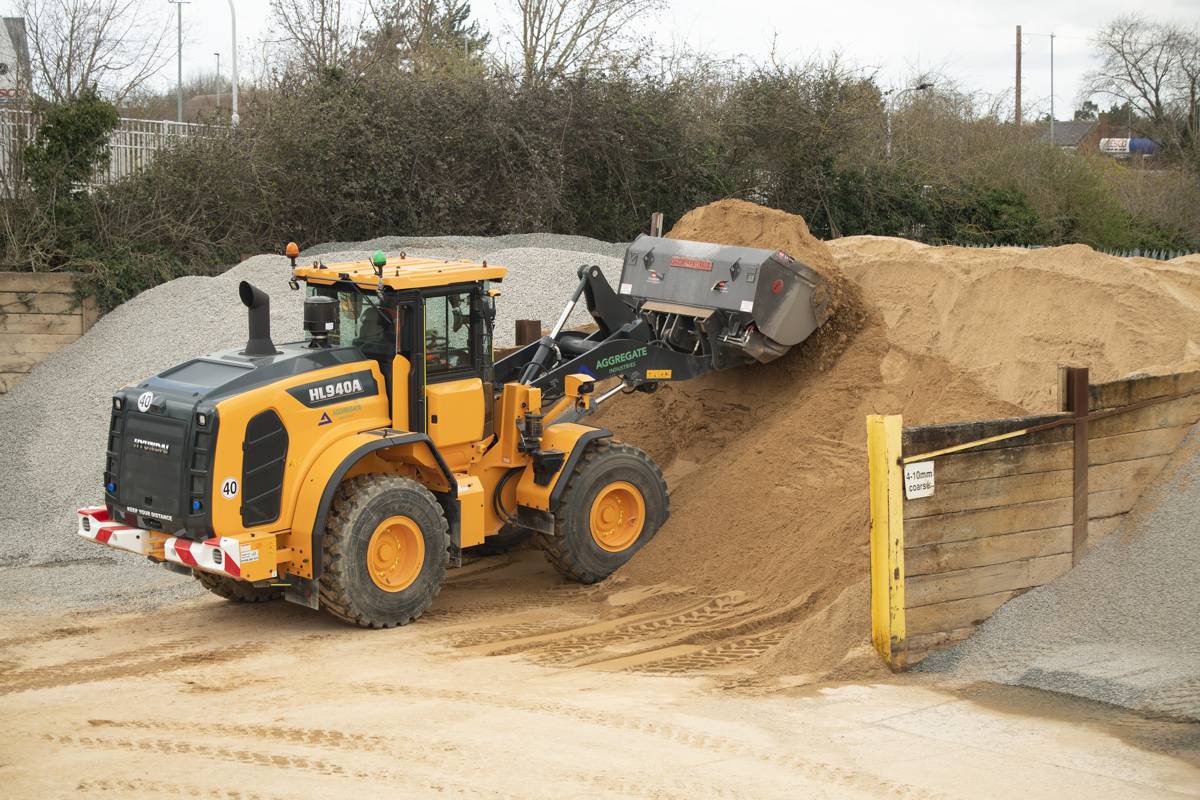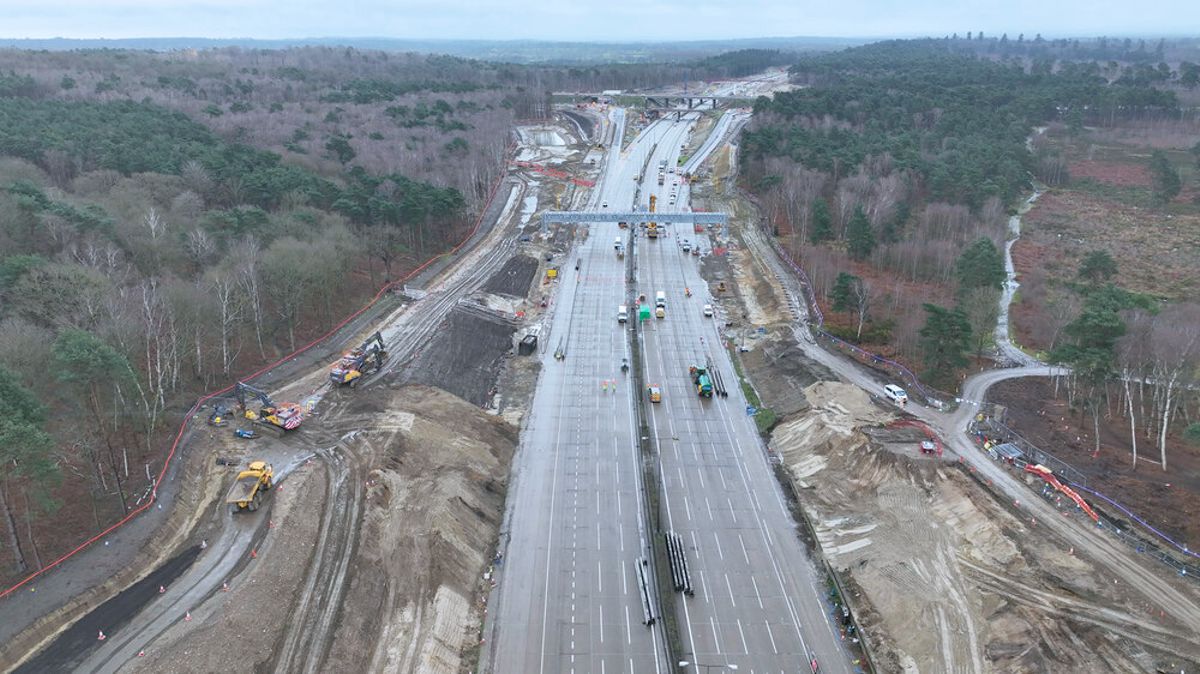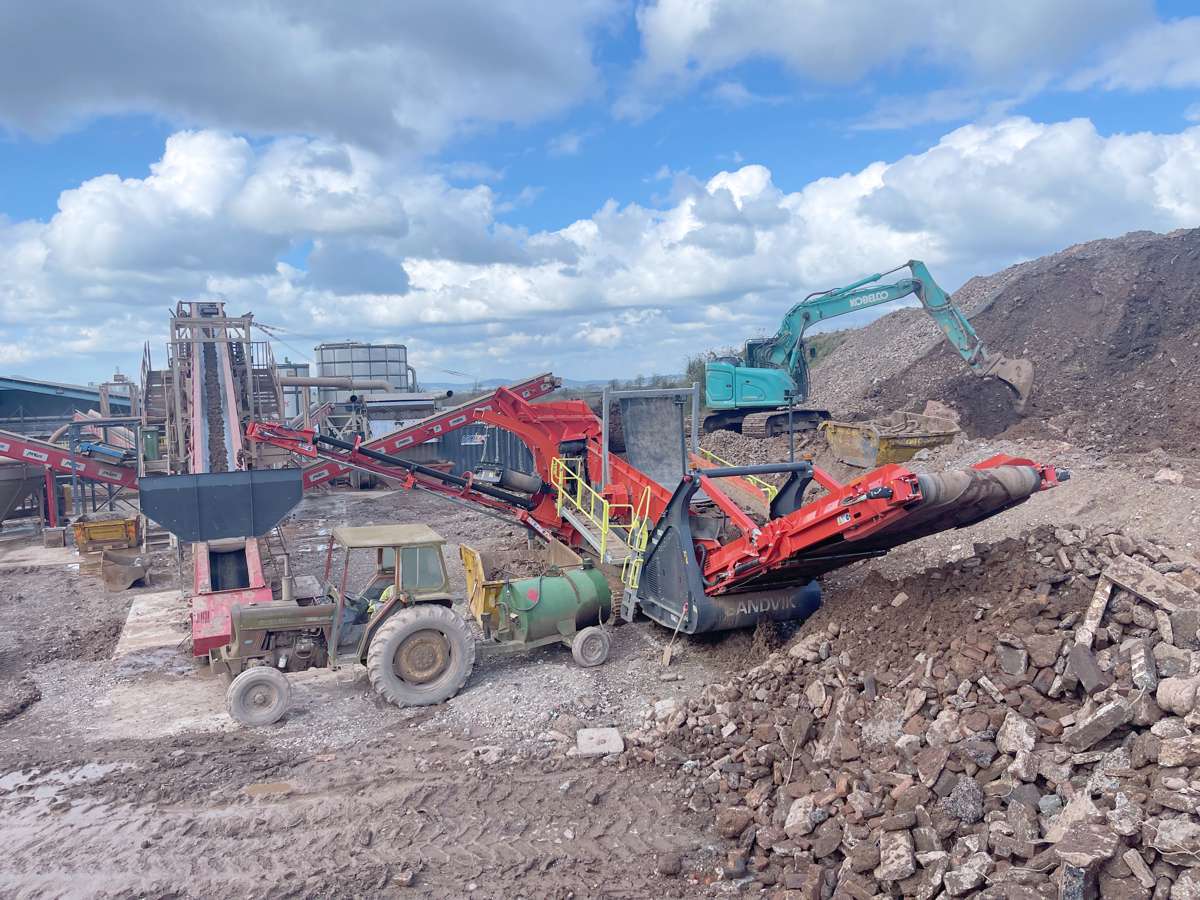When does new technology become part of the mainstream?
Early adopters take the risks of new ideas but see that as a necessary way of keeping ahead of competitors or the marketplace, and they know that where they lead others will soon follow. They also understand that by being ahead of the industry there may be bumps in the road along the adoption cycle as new technology beds in.
Every product that involves technology will have unforeseen bugs that need ironing out; even Apple and Samsung sometimes find that being at the cutting edge of their industries comes with some complications. So, when technology comes along that is a disrupter to established ideas scrutiny can be harsh and sometimes even attract defensive and judgmental commentary.
The fact that bugs are found and solved means new technology can move an industry forward and it can become a mainstream solution and one for which customers find new uses or applications, such as is the case with Clearview’s M100 wireless vehicle detection. When the system was introduced some 10 years ago there were a few bugs associated with batches of product as the manufacturing process was optimised, and this did cause some early issues with reliability for the new solution.
However, these challenges were addressed and dealt with, and over the years the M100 Sensor and the detection system has proven itself capable of being a legitimate alternative to inductive loops for Traffic Signals, MIDAS and Ramp Metering set ups.
Since their launch, tens of thousands of sensors have been installed in traffic signal junctions across the country, providing cost-effective solutions (no trenching and ducting is required) with quick install times, meaning much safer conditions for roadworkers and less disruption and frustration for drivers. The system can be used for all types of signals including MOVA and SCOOT.
In 2018 Clearview received confirmation that M100 Sensors provide as accurate information as inductive loops on MIDAS installations. Over the past year a test site on the M1/A1 has run loops and M100 Sensors side by side and the concluding report states no difference in the quality of the information gathered by the two pieces of kit. NIS, who provide the NTIS data have also confirmed that the M100 Sensors were suitable for providing accurate vehicle count and classification data for network management purposes.
Such is the consistent level of performance, the M100 Sensors are now backed with a five-year warranty, ensuring peace of mind for anyone opting to install this technology.
Central to the ongoing reliability of the M100 Sensor is ensuring it is correctly installed and commissioned in the first instance. Challenges with the technology have mainly been found to be down to poor installation techniques that may include:
- Installed within the clamshell and insufficient resin
- Installed at an angle in the clamshell
- Installed too shallow to the road surface without enough resin
- Water ingress issues coming from the above challenges
When the correct installation process is followed you get hassle free, low maintenance operation from the sensors for years to come (battery life is approximately 8 years). The benefits of using M100 sensors also include quicker installation meaning less disruption to drivers and less traffic management costs. Road surface integrity is also improved as the sensors only require a 102mm diameter hole cut into the centre of the lane, avoiding the wheel track wear and tear areas of the road.
Whilst Clearview can carry out the installation for customers, this is not always required, especially if there are existing term maintenance agreements in place. For these instances, Clearview produce detailed installation guides and have introduced a CPD certified training course to support installation teams.
Clearview is in the process of setting up training course dates across 2019 so if you have a road maintenance team that deals with wireless sensor technology and believe it would benefit from attending an installation training course please contact them. Training courses can also be held at your premises if required.
For more information on the M100 product range or the training courses contact Clearview Intelligence.















